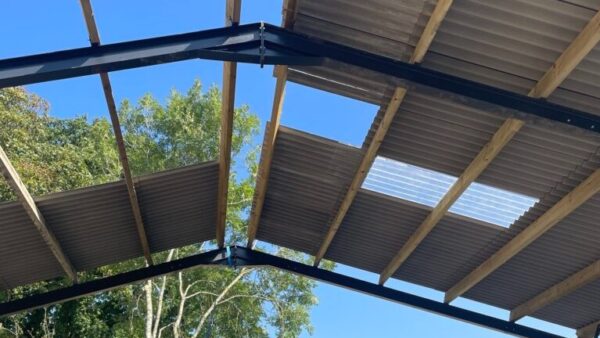
Q-Bot, an innovative spray insulation system, has become the first robot to be certified by the British Board of Agrément (BBA).
Q-Bot robots are designed to enter difficult-to-reach spaces under floors in energy inefficient buildings, conduct surveys using a built-in camera and then spray insulation foam where required.
Q-Bot was examined by BBA experts at their laboratories in Watford, Hertfordshire, and on site to confirm the system’s fitness for purpose.
Working with the BBA, Q-Bot has developed a detailed training programme and fully accountable quality management system to ensure that each installation is delivered consistently and to the highest standards.
“We are delighted to issue Q-Bot with its Agrément Certificate (Number 17/5440i1),” said John Albon, head of approvals, construction products, BBA. “It is a revolutionary approach to improving the energy efficiency of older housing stock and hard-to-treat homes and is creating much interest in the market, particularly with social housing providers.”
Mathew Holloway, chief executive of Q-Bot, said: “The award of the BBA Agrément Certificate demonstrates that Q-Bot’s process of insulating the floor is robust, meets all the requirements of the Building Regulations and can be consistently and reliably applied across millions of homes.
“The service will have a fantastic impact on local communities, generating employment as well as reducing fuel poverty and CO2 emissions. The BBA Certificate enables us to deliver these impacts at scale across the UK and overseas.”
As detailed by the Certificate, a Q-Bot installation starts with a survey by trained installers to establish suitability. A 3D map is created, allowing the operator to assess and plan the installation, after which the remote-controlled SprayBot applies the polyurethane foam insulant to a depth of 100-150mm. The installation can be monitored, recorded and measured to ensure coverage and correct insulation depth.
This revolutionary approach has opened up massive opportunities to better insulate the UK’s housing stock. Post-installation monitoring of a Victorian property showed a 78% drop in heat loss through its floor, a 40% reduction in cold air infiltrating the house and an overall energy efficiency improvement of 24%.

Top row (l-r): Jemil Azad, project manager, BBA; Gayetree Ramkorun, team manager – approvals, BBA; John Albon, head of approvals, construction products, BBA. Bottom row (l-r): Professor Peter Childs, director and co-founder, Q-Bot; Maddy Clifford, product manager, Q-Bot; Mathew Holloway, CEO and co-founder, Q-Bot; Martin Oxley, project manager, BBA
Comments
Comments are closed.











The robot may be very clever but spray applied insulation, as seen in many roofs, does not allow the structure to breath and where any moisture is present will quite quickly rot the timbers. It should not be used in the older properties which are it its primary target market.
I will be happy to supply a report and pictures documenting the issue.
Regards,
John Dunk MCIOB, Regional Building Surveyor, DCH Housing Group.
Thanks for your comments John. The situation under the floor is different to the roof.
As the robot sprays polyurethane (PU) foam to the underside of the floor boards this keeps the floor on the warm dry side, while maintaining ventilation within the floor void and allowing ground moisture to escape. Independent analysis and data monitoring across dozens of sites has shown that insulating the floor using Q-Bot’s method reduces the risk of damp and mould both in the floor and the property itself. The solution can therefore help treat properties with damp or mould problems.
The insulation creates a hydrophobic barrier (i.e. does not wick moisture like some materials) between the floor and wet ground below to keep the floorboards on the warm side, raising their temperature and helping to ensure they stay dry. If the insulation or floor gets wet they can still dry out as moisture is able to pass through both materials (again this has been validated independently).
If you would like further information or to see the studies do drop us a line.
Hi
Have you explored any other spray applications?
I work in the sewer/drainage industry and could see this as a useful tool for filling open joints, cracks and general defects in sewer pipes.
Thanks